Starting a business in the European Union involves navigating a complex landscape of regulations and guidelines that vary across member states but also conform to overarching EU directives. This guide provides a foundational understanding of the essential legal and administrative requirements for launching and managing a cosmetics business within the EU(European Union).

Registering a business in the EU involves understanding both the specific requirements of the member state where the business is established and EU-wide regulations affecting commerce, such as VAT obligations and cross-border trade rules. The process varies significantly depending on the country, business structure, and nature of the operations.

certain areas may have specific regulations regarding signage, waste disposal, or commercial activity hours that could impact a retail cosmetics store.
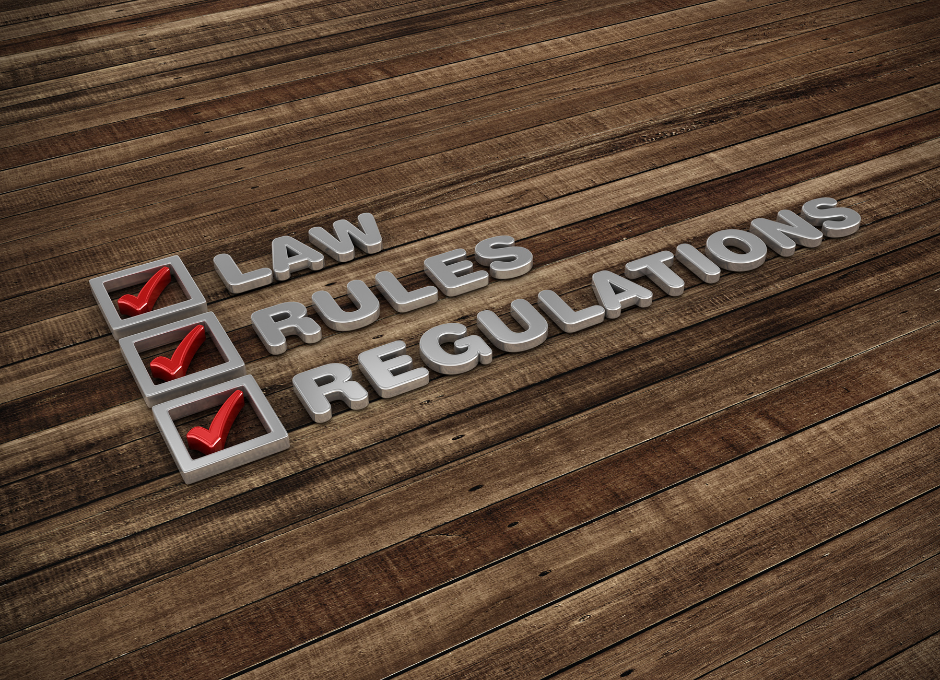

Once registered, businesses must navigate the taxation landscape, which includes both national taxes and EU-wide taxes like VAT(Taxation and Customs Union) (VAT e-Commerce – One Stop Shop) (European Union).

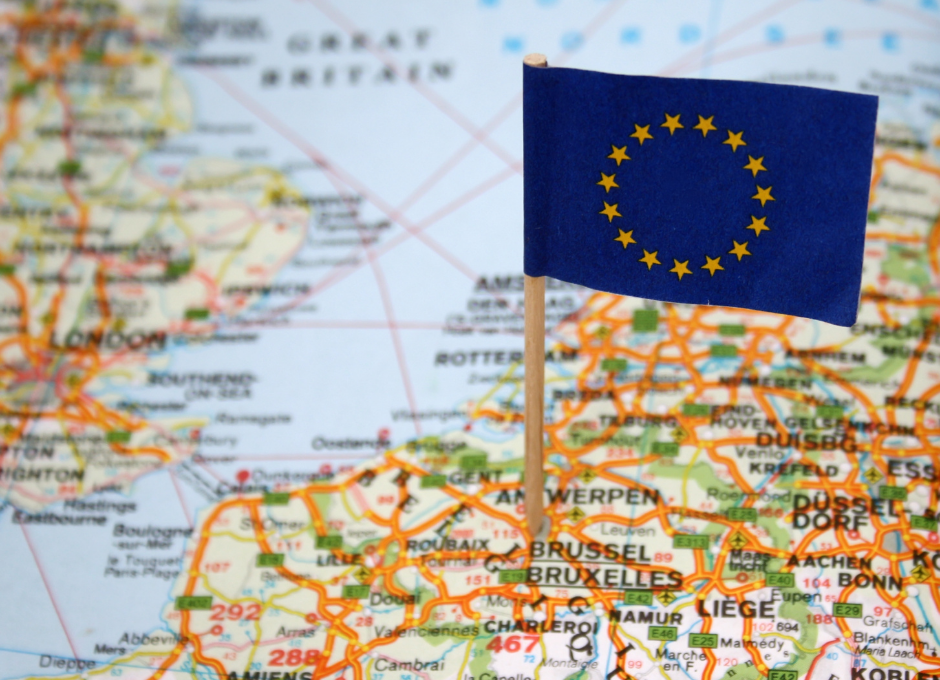

Additionally, dividends and profit distributions can have different tax implications.
Entrepreneurs must decide on the most appropriate business structure (e.g., sole proprietorship, partnership, limited company) based on their strategy, scale, and scope of operations. This decision influences registration processes, taxation, and legal obligations. Support and guidance are often available through national business portals and the Enterprise Europe Network(European Union).
Choosing the right business structure is a pivotal decision for entrepreneurs entering the cosmetics industry in the European Union. This choice should align with the business’s strategic direction, its intended scale of operations, and the scope of its activities. Here’s a bit more depth on why this decision is critical and how different structures impact your business journey:

This structure is typically suited for individuals starting a small-scale or personal business. It’s the simplest form of business, with fewer bureaucratic hurdles and direct control over decisions. However, the downside is unlimited personal liability, meaning personal assets are not protected from business debts. This structure might suit an entrepreneur starting a niche cosmetic line from home, focusing on local or limited distribution channels.

A partnership involves two or more people co-owning a business, sharing profits, losses, and management responsibilities. It’s a good option for teams with complementary skills launching a cosmetic brand. There are different types of partnerships, like general partnerships where partners share equal liability or limited partnerships with some silent partners only contributing financially. This structure can benefit from pooled resources and shared expertise but requires clear agreements to manage responsibilities and profit-sharing.

A limited company is a legal entity separate from its owners, offering limited liability protection to its shareholders. This structure is more complex and requires compliance with more regulations but provides significant advantages in terms of financial risk, professional credibility, and investment attraction. For a cosmetics entrepreneur looking to scale quickly, possibly seeking outside investment, this structure offers a solid foundation for growth and partnership.

Compliance with EU Regulation 1223/2009
All cosmetic products marketed in the EU must comply with this regulation, which ensures consumer safety through stringent safety assessments, product information files, and notification procedures before products can be sold in the market. This regulation aims to harmonize safety standards across the EU, providing a consistent approach to cosmetic product safety (EU Regulation on Cosmetic Products – Cosmeticseurope.eu).
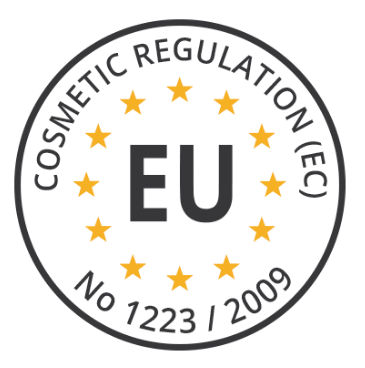
While EU Regulation 1223/2009 sets the foundation, individual member states may have specific language requirements to ensure that product labeling is accessible and understandable to consumers. Businesses must be prepared to adapt their labeling to meet these local requirements, facilitating clear communication about product use and safety.
Introducing cosmetic products to the EU market requires notification through the Cosmetic Products Notification Portal (CPNP). This centralized system allows for the efficient management of product information accessible to national competent authorities, simplifying compliance across the EU. It’s a crucial step for both products manufactured within the EU and those imported from outside.

Within the EU, product safety for cosmetics is monitored closely to protect consumer health. Businesses must ensure ongoing compliance with safety standards, subject to checks by national authorities. This continuous surveillance underscores the importance of maintaining high safety and quality standards for all cosmetic products sold within the EU.

A business plan is a very important tool for entrepreneurs. A good business plan helps entrepreneurs focus on the specific steps necessary for them to make business ideas succeed as well as can be a tool for them to present to investors, partners and other stakeholders (PlanBuildr Business Plan Software) (Growthink) (cosmopacks).
The Executive Summary is the gateway to your business plan, offering a concise yet potent overview that captures the essence of your cosmetics venture. It should crystallize your unique value proposition, spotlighting what sets your brand apart in the competitive landscape of the cosmetics industry. Highlight your commitment to quality, innovation, and sustainability, underscored by your business’s core mission and vision. Present a snapshot of your financial goals and projections, hinting at the robust growth potential and profitability of your venture. This section aims to captivate potential investors, partners, and stakeholders, encouraging them to explore the detailed plans and strategies laid out in the subsequent sections of your business plan.
Delve into the narrative of your brand, detailing the journey that led to the formation of your cosmetics company. This section should paint a vivid picture of the business, outlining the problem it solves or the gap it fills in the market. Your mission statement here is crucial—it should resonate emotionally, connecting with the values and aspirations of your target customers. Include information on your business’s legal structure, location, and history, providing context that grounds your venture in the real world.
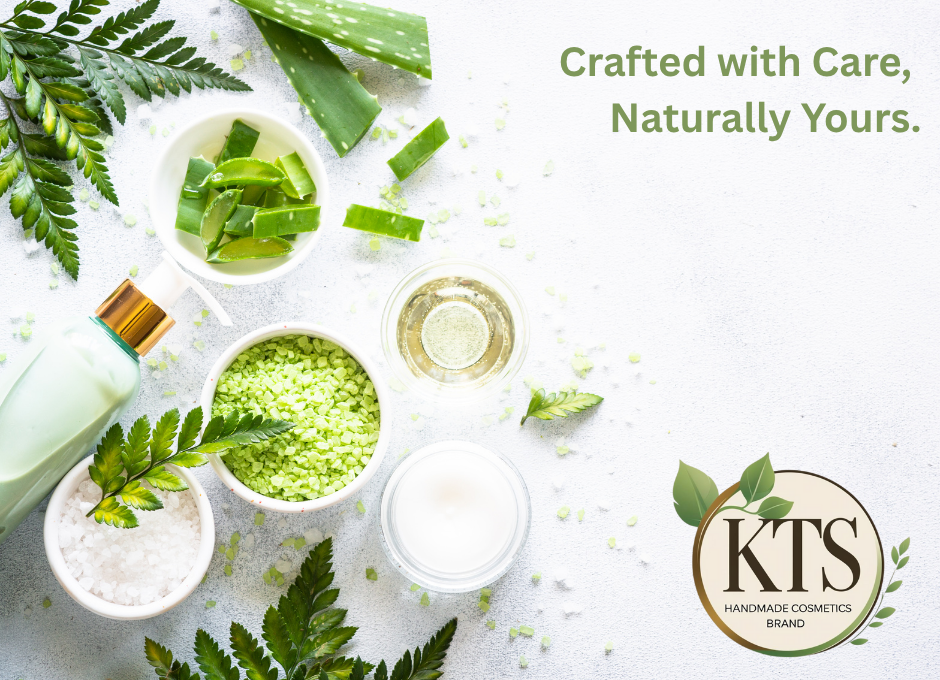
A comprehensive market analysis is vital to understanding the terrain you’re navigating. Begin with an overview of the cosmetics industry at large—its size, growth trajectory, and key trends. Drill down into specific segments relevant to your products, such as skincare, makeup, or wellness, highlighting consumer demographics, purchasing behaviors, and emerging trends. Conduct a thorough competitive analysis, identifying key players, their market share, strengths, and weaknesses. Analyze what these competitors are doing well and where there are opportunities for differentiation. This section should demonstrate your in-depth knowledge of the market and your ability to strategically position your brand within it.

Outline the organizational structure of your cosmetics business, specifying the roles and responsibilities of key team members. This section should elucidate the management hierarchy and operational framework that supports your business’s day-to-day and strategic functions. Highlight the expertise and background of your leadership team, emphasizing their qualifications in cosmetics, business management, sustainability, or other relevant areas. If applicable, introduce your advisory board or external consultants, showcasing the breadth of knowledge and industry insight they bring to your venture.
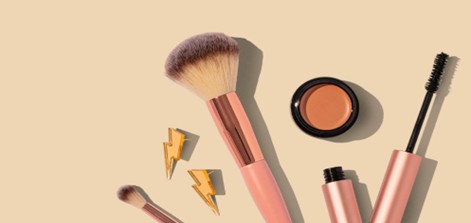
Provide a detailed exposition of your cosmetics line, describing each product’s features, benefits, and the unique selling points that distinguish them in the market. Discuss the research and development process, touching on the selection of ingredients, formulation challenges, and breakthroughs. For services, detail the customer experience, from consultation to aftercare. Articulate how your products or services address specific consumer needs, lifestyle trends, or ethical considerations. Plans for product expansion, innovation, or diversification should be outlined here.

Develop a marketing and sales strategy that encompasses brand positioning, promotional tactics, distribution channels, and sales forecasts. Describe how you’ll build brand awareness, from social media campaigns and influencer partnerships to traditional advertising and PR. Discuss your distribution model, whether it’s direct-to-consumer through an e-commerce platform, through specialty retailers, or a combination of channels. Outline your sales approach, detailing how you’ll convert interest into purchases and foster customer loyalty. This section should also include pricing strategies, taking into account production costs, market positioning, and consumer willingness to pay.

Clearly articulate your funding needs, specifying the amount of capital required to launch or expand your cosmetics business, and how it will be allocated across different areas such as product development, marketing, inventory, and operations. This section should outline your plan for securing funding, whether through venture capital, loans, or crowdfunding, and detail the expected return on investment for potential investors.

Offer detailed financial projections for at least the next three to five years, including sales forecasts, profit and loss statements, cash flow analysis, and a projected balance sheet. These projections should be grounded in realistic assumptions about market growth, pricing strategies, sales volumes, and cost management. Highlight any financial milestones, such as breakeven points or significant revenue targets, providing a clear picture of your business’s financial health and growth trajectory.

Include any additional documents that lend credibility to your business plan or provide further insight into your market analysis, product development, or strategic planning. This could include patents, detailed market research reports, product catalogs, legal agreements, or bios of your management team.
Executive Summary – Example: Aura Organic Beauty
Imagine Aura Organic Beauty, a startup poised to revolutionize the cosmetics industry with its line of 100% organic and cruelty-free makeup. Aura aims to capture the market with its commitment to ethical beauty solutions, boasting a seed investment round that valued the company at $2 million. With a clear strategy to penetrate the European and North American markets, Aura sets ambitious financial goals, aiming for a revenue target of $10 million in the first five years.
NatureGlow Cosmetics distinguishes itself in the crowded beauty market with its unique approach to sustainable beauty. Founded on the principles of “Beauty without Compromise,” NatureGlow offers a full range of makeup products formulated entirely from ethically sourced, natural ingredients. The company’s mission is to empower consumers to make eco-conscious beauty choices, ensuring product effectiveness without harming the planet.
EcoLuxe Beauty conducts an in-depth market analysis, revealing a surge in consumer demand for green beauty products, with an estimated market growth of 15% annually. Targeting eco-aware women aged 20-40, EcoLuxe positions itself against major players like Lush and The Body Shop, highlighting its zero-waste packaging and plant-based formulas as key differentiators. The analysis points to significant opportunities in online retail and subscription models.
PureRadiance Skincare is structured as a Limited Liability Company (LLC), with a core team comprising industry veterans in cosmetic science, digital marketing, and sustainable supply chain management. The CEO, with over 20 years in the skincare industry, leads a passionate team dedicated to innovating in the field of natural beauty. An advisory board of environmental activists and dermatologists provides strategic guidance, ensuring the brand stays true to its mission of sustainability and consumer health.
Bloom Essence prides itself on its groundbreaking anti-aging serum, which utilizes a proprietary blend of organic botanicals. The brand’s lineup also includes a range of moisturizers, cleansers, and color cosmetics, all designed with sustainability in mind. Future plans involve launching a men’s skincare line and expanding into baby care products, addressing untapped market segments with the brand’s signature eco-friendly ethos.
Vibrant Hues adopts a holistic digital marketing strategy, focusing on storytelling through social media to build a strong brand community. The company plans to leverage Instagram and YouTube for product launches and makeup tutorials, collaborating with influencers who share their ethical beauty philosophy. Sales strategies include a direct-to-consumer e-commerce platform, augmented by strategic partnerships with eco-conscious retailers.
In the dynamic world of the cosmetics industry, the success of a business hinges not only on the quality of its products but also on the strategic identification of essential resources and the establishment of a robust infrastructure.
At the heart of any cosmetics business lies a diverse array of resources, each playing a pivotal role in its operation and growth. These resources can be broadly categorized into material, human, financial, and informational (McKinsey & Company) (Incit)

Material Resources: The lifeblood of a cosmetics company, material resources include everything from the raw ingredients used in formulations to the packaging that encases the final product. The choice of materials not only impacts the cost and quality of products but also reflects the brand’s values, such as sustainability and ethical sourcing.
Human Resources: The people behind the brand—from the chemists formulating the products to the marketing teams bringing them to market—constitute its human resources. Attracting and retaining talented individuals who share the company’s vision is crucial for fostering innovation, maintaining quality, and driving growth.
Financial Resources: Starting and scaling a cosmetics business requires capital. Financial resources cover initial investments, operational costs, and funds for expansion. Understanding various financing options, from venture capital to crowdfunding, is essential for navigating the early stages of business development.
Informational Resources: Knowledge is power in the fast-evolving cosmetics sector. Staying informed about market trends, consumer preferences, regulatory changes, and technological advancements enables businesses to make informed decisions and stay ahead of the competition.
With resources in place, the next phase involves building the infrastructure that will support every aspect of the business, from product development to customer delivery (Incit).

Production Facilities: Deciding between in-house manufacturing and outsourcing is a significant decision that affects control over the production process, cost, and scalability.
Technology Systems: In an era where digital presence is critical, the right technology infrastructure—from eCommerce platforms to CRM systems—can make or break a cosmetics business. These systems should support the business’s operational needs and scale as it grows.
Logistics and Distribution: Efficient logistics and a reliable distribution network ensure that products reach consumers promptly and in perfect condition. For a cosmetics business, this might involve choosing partners with experience in handling delicate products and navigating the complexities of shipping internationally.
Summary
Starting a cosmetics business within the European Union is a journey through a complex regulatory and administrative landscape, shaped by both EU directives and specific national requirements. This summary encapsulates the critical aspects covered in the chapter, offering a concise guide to navigating these challenges successfully.
The process begins with business registration and understanding the intricate web of taxation across the EU. Entrepreneurs must familiarize themselves with the particular demands of the member state where they plan to operate, as well as overarching EU regulations that impact commerce, such as VAT obligations and rules governing cross-border trade.

Choosing the appropriate business structure is a strategic decision that influences legal obligations, taxation, and the company’s ability to grow and adapt. Whether opting for a sole proprietorship, partnership, or limited company, this decision must align with the business’s scale, scope, and long-term vision.
The discussion extends to the foundational steps of identifying essential resources and establishing the infrastructure necessary for a cosmetics business. This includes sourcing materials, recruiting talent, securing financing, and leveraging informational resources to maintain competitiveness. Establishing a robust infrastructure, from production facilities and technology systems to logistics and distribution networks, is paramount for operational success.
Tips and Tricks

Research Thoroughly: Before you start, invest time in understanding both the EU-wide regulations and the specific requirements of the member state where you plan to establish your business. This dual-layered approach ensures compliance and smooth operations from the get-go.
Keep Documentation Organized: Maintain a meticulous record of all documents related to your business registration, product compliance, and taxation. Well-organized documentation can simplify the process of regulatory compliance and financial management.

Understand VAT Implications: Familiarize yourself with the VAT obligations for your business. If you’re selling across EU borders, explore systems like the VAT MOSS to streamline your VAT payments. This understanding can help in pricing your products correctly and managing finances efficiently.
Choose the Right Business Structure: Consider the pros and cons of different business structures (e.g., sole proprietorship, partnership, limited company) in relation to your goals, resources, and the scale of your operation. This choice affects everything from taxation to your level of personal liability.